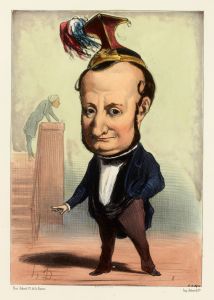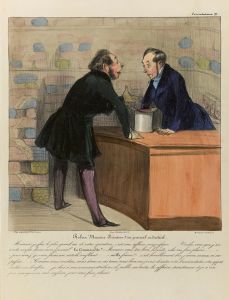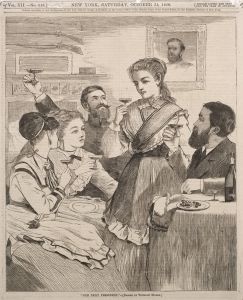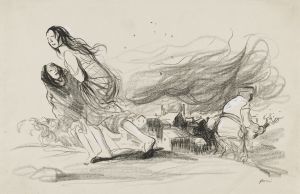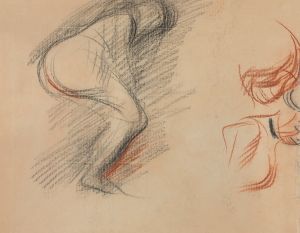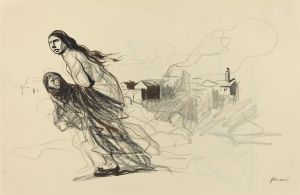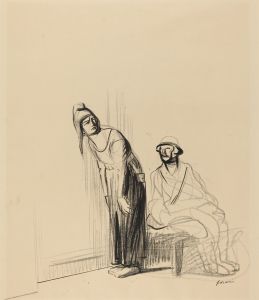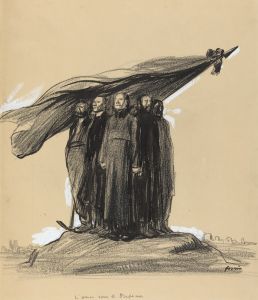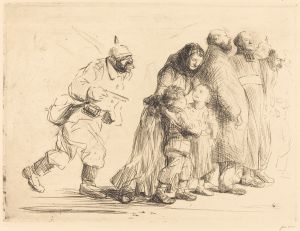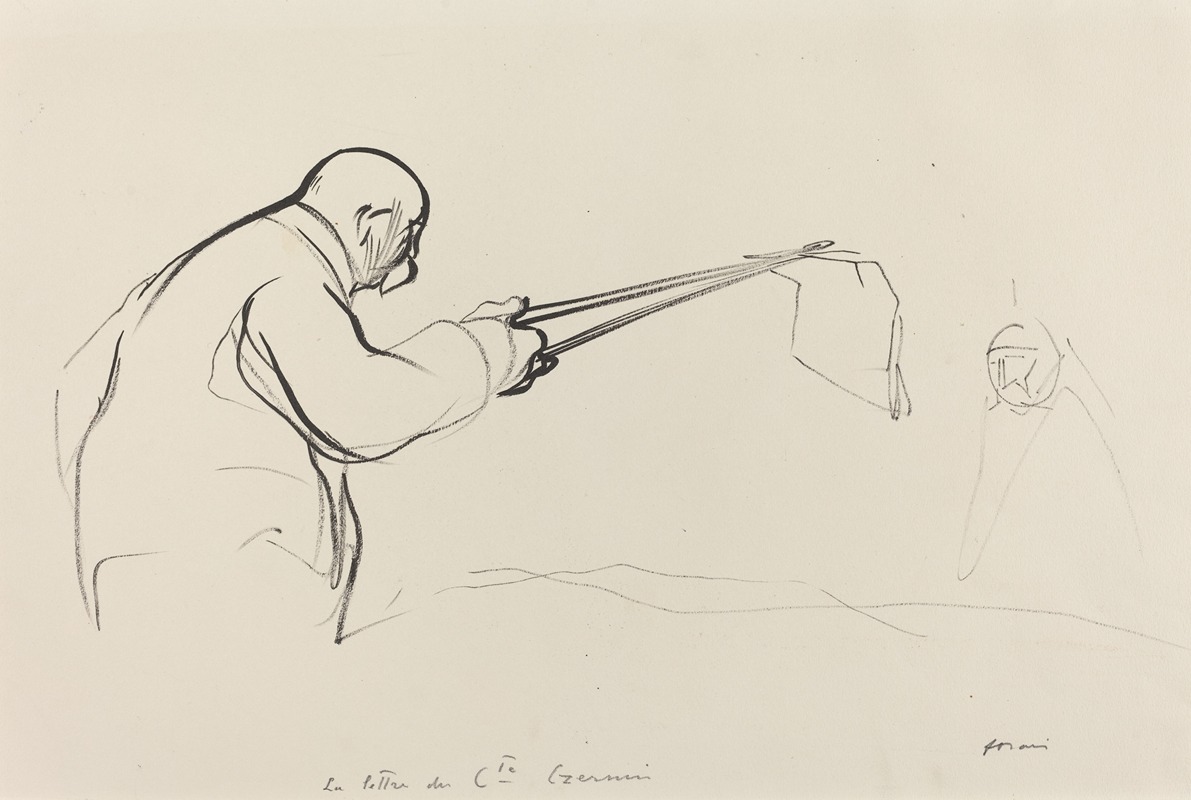
M. Clemenceau. La lettre du Cte Czernin
A hand-painted replica of Jean-Louis Forain’s masterpiece M. Clemenceau. La lettre du Cte Czernin, meticulously crafted by professional artists to capture the true essence of the original. Each piece is created with museum-quality canvas and rare mineral pigments, carefully painted by experienced artists with delicate brushstrokes and rich, layered colors to perfectly recreate the texture of the original artwork. Unlike machine-printed reproductions, this hand-painted version brings the painting to life, infused with the artist’s emotions and skill in every stroke. Whether for personal collection or home decoration, it instantly elevates the artistic atmosphere of any space.
Jean-Louis Forain's painting M. Clemenceau. La lettre du Cte Czernin is a work by the French artist and caricaturist Jean-Louis Forain (1852–1931). Forain was known for his satirical and politically charged works, often addressing contemporary social and political issues in France during the late 19th and early 20th centuries. This particular painting reflects Forain's engagement with the political climate of his time, specifically during the First World War.
The title of the painting refers to Georges Clemenceau (1841–1929), a prominent French statesman who served as Prime Minister of France during the critical final years of World War I. Clemenceau, often called "The Tiger" for his fierce leadership style, played a significant role in rallying France during the war and was a key figure in the negotiations of the Treaty of Versailles in 1919. The reference to "La lettre du Cte Czernin" (The Letter of Count Czernin) alludes to a diplomatic controversy involving Ottokar Czernin, the Austro-Hungarian Foreign Minister during the war.
The context of the painting likely relates to the political tensions and propaganda efforts of the time. In April 1918, Czernin accused Clemenceau of seeking a separate peace with Austria-Hungary, a claim Clemenceau vehemently denied. Clemenceau responded by publishing a letter that discredited Czernin's accusations, turning the incident into a public and political spectacle. This episode highlighted the complex interplay of diplomacy, propaganda, and public opinion during the war.
Forain's depiction of this event is consistent with his broader body of work, which often critiqued political figures and societal issues through sharp wit and incisive imagery. While the exact details of the painting's composition and style are not widely documented, it is reasonable to assume that Forain employed his characteristic approach, blending realism with caricature to convey his perspective on the subject.
As an artist, Forain was associated with the Impressionist movement early in his career, but he later shifted toward more socially and politically engaged themes. His works often appeared in newspapers and journals, making him a prominent figure in the world of political satire.
Beyond these details, little specific information about M. Clemenceau. La lettre du Cte Czernin is readily available in public records or art historical literature. The painting serves as a testament to Forain's engagement with the political and cultural issues of his time, as well as his ability to capture the complexities of historical events through art.





